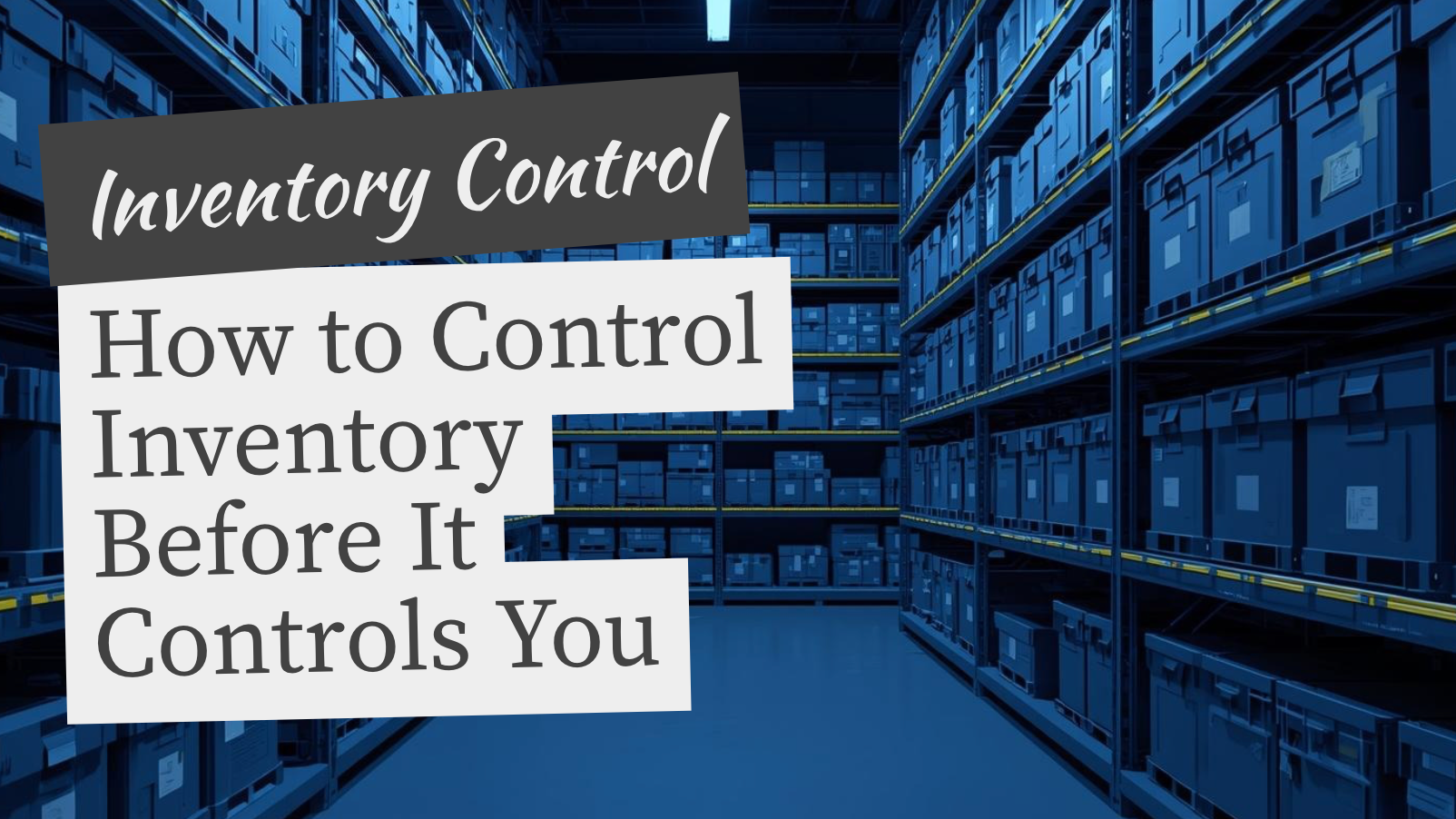Most smoke shop owners think their biggest problem is not enough customers. Wrong. The real killer of profits is sitting right in front of you: inventory.
Too much, and your cash is trapped on shelves. Too little, and you lose sales because customers leave empty‑handed. Worst of all, sloppy tracking opens the door to theft, shrinkage, and “mystery losses” that eat your margins alive.
If you don’t control your inventory, it will control you—and eventually, it will bury your business. Let’s break down how to get a chokehold on your stock and turn it into a system that prints money instead of problems.
Step 1: Treat Inventory Like Cash
Every lighter, vape, and glass piece sitting on your shelves is money. When you let employees mishandle stock, ignore counts, or just “eyeball it,” you’re basically throwing bills in the trash.
-
Wraps missing? That’s your cash.
-
Vape juice samples “walking off”? That’s your cash.
-
Glass pieces broken or swapped? That’s your cash.
Inventory is cash. Once you think that way, you’ll stop being lazy about tracking it.
Step 2: Build a Real Inventory System
Forget notebooks and sticky notes. If you’re serious, you need a structured system.
-
POS Integration – Use a point‑of‑sale that tracks sales, shrinkage, and reorders.
-
Barcode Scanning – Every product gets scanned in and scanned out—no exceptions.
-
Regular Counts – Weekly mini‑counts + monthly full counts.
-
Categories – Group items: wraps, vapes, glass, accessories. This makes it easier to see what’s hot and what’s not.
Systems create accountability. Without them, you’re guessing.
Step 3: Stop Over‑Ordering
One of the fastest ways to go broke is over‑ordering because “the deal was too good.”
Ask yourself:
-
Does this product already sell consistently in my shop?
-
Do I have the shelf space for it?
-
Will it move before it gets dusty?
Vendors love pushing bulk orders. Don’t fall for it unless you know the product is proven. Cash in the bank is always stronger than cases of unsold stock.
Step 4: Watch Your Best Sellers Like a Hawk
Your bread and butter items—wraps, disposables, lighters—are what keep customers walking in. Run out of them, and customers will head straight to your competitor.
-
Track daily movement – Know exactly how many you sell per day.
-
Set reorder points – Example: when wraps hit 50 packs, reorder.
-
Keep backups – Always have an emergency stash for high‑volume items.
Never lose a customer over something that costs you pennies to restock.
Step 5: Cut the Dead Weight
Your shelves are not a museum. If a product isn’t moving, it’s costing you money.
-
Set a time limit – If it hasn’t sold in 60 days, discount it and clear it.
-
Don’t reorder losers – If customers didn’t want it the first time, they won’t suddenly want it later.
-
Track slow movers – Know which brands and categories are dragging your cash flow.
Your job is to keep shelves stocked with what sells, not what looks pretty.
Step 6: Control Employee Theft and Sloppiness
Here’s the no‑BS truth: employee theft is one of the biggest leaks in smoke shops. And sometimes it’s not even theft—it’s laziness.
-
Camera Coverage – No blind spots. Especially at the register and stockroom.
-
Tight Procedures – No “freebies,” no “I’ll pay later,” no “sample packs.”
-
Manager Accountability – If stock is short on their shift, they explain it.
-
Surprise Audits – Random counts keep everyone sharp.
Don’t assume your staff will guard your business like you do. Put systems in place so they can’t screw you, intentionally or not.
Step 7: Manage Seasonal and Trend Inventory
Smoke shops live in cycles. Holidays and trends will spike demand. If you’re not ready, you’ll either miss out or get buried in leftovers.
-
Holiday Prep – 420, holidays, and back‑to‑school season bring spikes. Plan 30–60 days out.
-
Trend Watching – New disposable flavors or trending glass styles sell fast—but they also die fast. Order small, test, then scale.
-
Exit Strategy – Have a plan to discount and move seasonal stock once the rush is over.
Stay flexible. Don’t let hype blind you.
Step 8: Use Data to Make Decisions
Stop going by “feel.” Your POS and tracking system should tell you exactly what’s happening.
Look at:
-
Sell‑through rate – How fast items move off shelves.
-
Gross margin by product – Not just sales dollars, but actual profit.
-
Shrinkage rate – What’s missing compared to what was sold.
-
Turnover speed – How many times per year you sell through your average inventory.
The numbers don’t lie. Your gut does.
Step 9: Make Inventory Part of Your Culture
Inventory control isn’t a one‑time fix. It’s a culture. Every employee needs to know:
-
Why inventory matters.
-
How to log and handle product correctly.
-
What happens if procedures aren’t followed.
If your team respects the system, you’ll have fewer losses, more cash flow, and a cleaner shop.
Final Word
Inventory is not just “stuff on shelves.” It’s the blood flow of your smoke shop. Get sloppy, and you bleed out. Get disciplined, and your shop runs lean, profitable, and stress‑free.
You don’t need to guess. You need systems. You don’t need to hoard. You need control.
Own your inventory—or it will own you.

